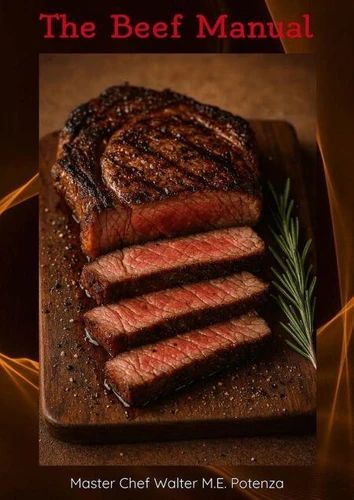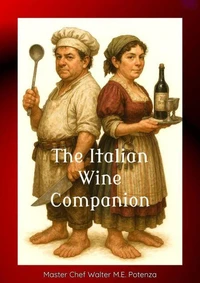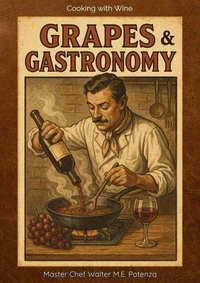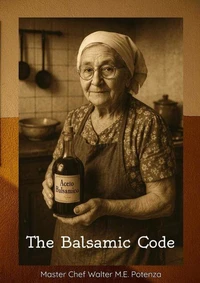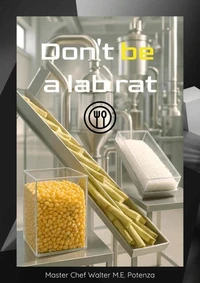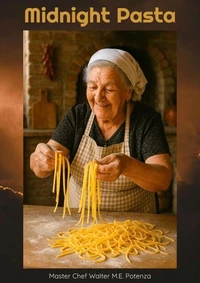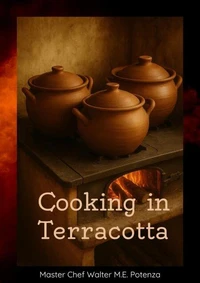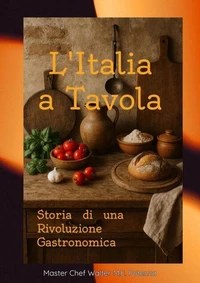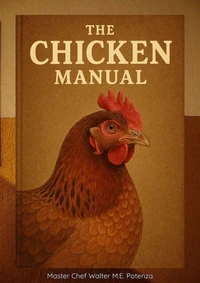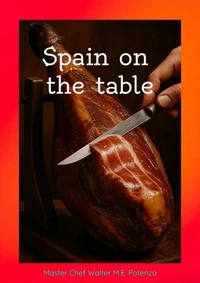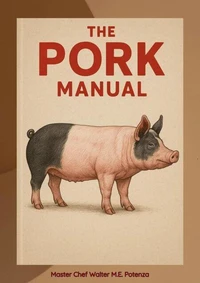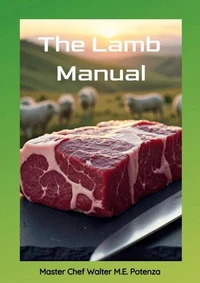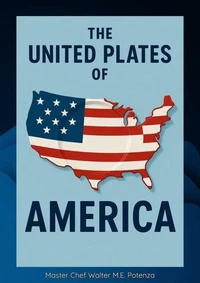Nouveauté
The beef Manual. The beef Manual, #1
Par :Formats :
Disponible dans votre compte client Decitre ou Furet du Nord dès validation de votre commande. Le format ePub est :
- Compatible avec une lecture sur My Vivlio (smartphone, tablette, ordinateur)
- Compatible avec une lecture sur liseuses Vivlio
- Pour les liseuses autres que Vivlio, vous devez utiliser le logiciel Adobe Digital Edition. Non compatible avec la lecture sur les liseuses Kindle, Remarkable et Sony
 , qui est-ce ?
, qui est-ce ?Notre partenaire de plateforme de lecture numérique où vous retrouverez l'ensemble de vos ebooks gratuitement
Pour en savoir plus sur nos ebooks, consultez notre aide en ligne ici
- FormatePub
- ISBN8232209650
- EAN9798232209650
- Date de parution15/09/2025
- Protection num.pas de protection
- Infos supplémentairesepub
- ÉditeurHamza elmir
Résumé
The beef manual. The ultimate guide for the beef kitchenMoving from theory to application, the book equips readers with the skills necessary to select high-quality beef based on visual indicators such as marbling and color, while thoroughly examining budget limitations and ethical considerations related to animal welfare. - beef industry, guiding readers through the process from its origins on ranches to its final presentation on dining tables.
It elucidates the complexities of the supply chain, detailing critical operations such as cow-calf management, feedlots, and meat processing facilities. Additionally, it contrasts traditional commercial practices with emerging alternatives like local butcher shops and direct-from-ranch sales, offering an impartial perspective on consumer engagement in this system. The guide explores the nuances of beef labeling and grading systems established by the USDA.
Readers will gain insights into terms such as "Natural, " "Grass-Fed, " "Organic, " and "Humanely Raised, " enabling them to differentiate between marketing terminology and actual product attributes. Furthermore, it deconstructs the anatomy of cattle into primary meat cuts, empowering consumers to make well-informed purchasing choices. This process emphasizes practical cooking techniques suited to specific cuts of beef production, such as searing, roasting, braising, and grilling, alongside essential food safety practices for handling raw meat.
In addition to prime cuts, this resource encourages exploration of lesser-known yet flavorful options like hanger steak and offal. It advocates for a nose-to-tail approach that enhances culinary diversity while maximizing value. The concluding section focuses on establishing a well-equipped kitchen for beef preparation by suggesting appropriate storage practices and essential tools, while promoting continuous education about sourcing quality meat.
It elucidates the complexities of the supply chain, detailing critical operations such as cow-calf management, feedlots, and meat processing facilities. Additionally, it contrasts traditional commercial practices with emerging alternatives like local butcher shops and direct-from-ranch sales, offering an impartial perspective on consumer engagement in this system. The guide explores the nuances of beef labeling and grading systems established by the USDA.
Readers will gain insights into terms such as "Natural, " "Grass-Fed, " "Organic, " and "Humanely Raised, " enabling them to differentiate between marketing terminology and actual product attributes. Furthermore, it deconstructs the anatomy of cattle into primary meat cuts, empowering consumers to make well-informed purchasing choices. This process emphasizes practical cooking techniques suited to specific cuts of beef production, such as searing, roasting, braising, and grilling, alongside essential food safety practices for handling raw meat.
In addition to prime cuts, this resource encourages exploration of lesser-known yet flavorful options like hanger steak and offal. It advocates for a nose-to-tail approach that enhances culinary diversity while maximizing value. The concluding section focuses on establishing a well-equipped kitchen for beef preparation by suggesting appropriate storage practices and essential tools, while promoting continuous education about sourcing quality meat.
The beef manual. The ultimate guide for the beef kitchenMoving from theory to application, the book equips readers with the skills necessary to select high-quality beef based on visual indicators such as marbling and color, while thoroughly examining budget limitations and ethical considerations related to animal welfare. - beef industry, guiding readers through the process from its origins on ranches to its final presentation on dining tables.
It elucidates the complexities of the supply chain, detailing critical operations such as cow-calf management, feedlots, and meat processing facilities. Additionally, it contrasts traditional commercial practices with emerging alternatives like local butcher shops and direct-from-ranch sales, offering an impartial perspective on consumer engagement in this system. The guide explores the nuances of beef labeling and grading systems established by the USDA.
Readers will gain insights into terms such as "Natural, " "Grass-Fed, " "Organic, " and "Humanely Raised, " enabling them to differentiate between marketing terminology and actual product attributes. Furthermore, it deconstructs the anatomy of cattle into primary meat cuts, empowering consumers to make well-informed purchasing choices. This process emphasizes practical cooking techniques suited to specific cuts of beef production, such as searing, roasting, braising, and grilling, alongside essential food safety practices for handling raw meat.
In addition to prime cuts, this resource encourages exploration of lesser-known yet flavorful options like hanger steak and offal. It advocates for a nose-to-tail approach that enhances culinary diversity while maximizing value. The concluding section focuses on establishing a well-equipped kitchen for beef preparation by suggesting appropriate storage practices and essential tools, while promoting continuous education about sourcing quality meat.
It elucidates the complexities of the supply chain, detailing critical operations such as cow-calf management, feedlots, and meat processing facilities. Additionally, it contrasts traditional commercial practices with emerging alternatives like local butcher shops and direct-from-ranch sales, offering an impartial perspective on consumer engagement in this system. The guide explores the nuances of beef labeling and grading systems established by the USDA.
Readers will gain insights into terms such as "Natural, " "Grass-Fed, " "Organic, " and "Humanely Raised, " enabling them to differentiate between marketing terminology and actual product attributes. Furthermore, it deconstructs the anatomy of cattle into primary meat cuts, empowering consumers to make well-informed purchasing choices. This process emphasizes practical cooking techniques suited to specific cuts of beef production, such as searing, roasting, braising, and grilling, alongside essential food safety practices for handling raw meat.
In addition to prime cuts, this resource encourages exploration of lesser-known yet flavorful options like hanger steak and offal. It advocates for a nose-to-tail approach that enhances culinary diversity while maximizing value. The concluding section focuses on establishing a well-equipped kitchen for beef preparation by suggesting appropriate storage practices and essential tools, while promoting continuous education about sourcing quality meat.

